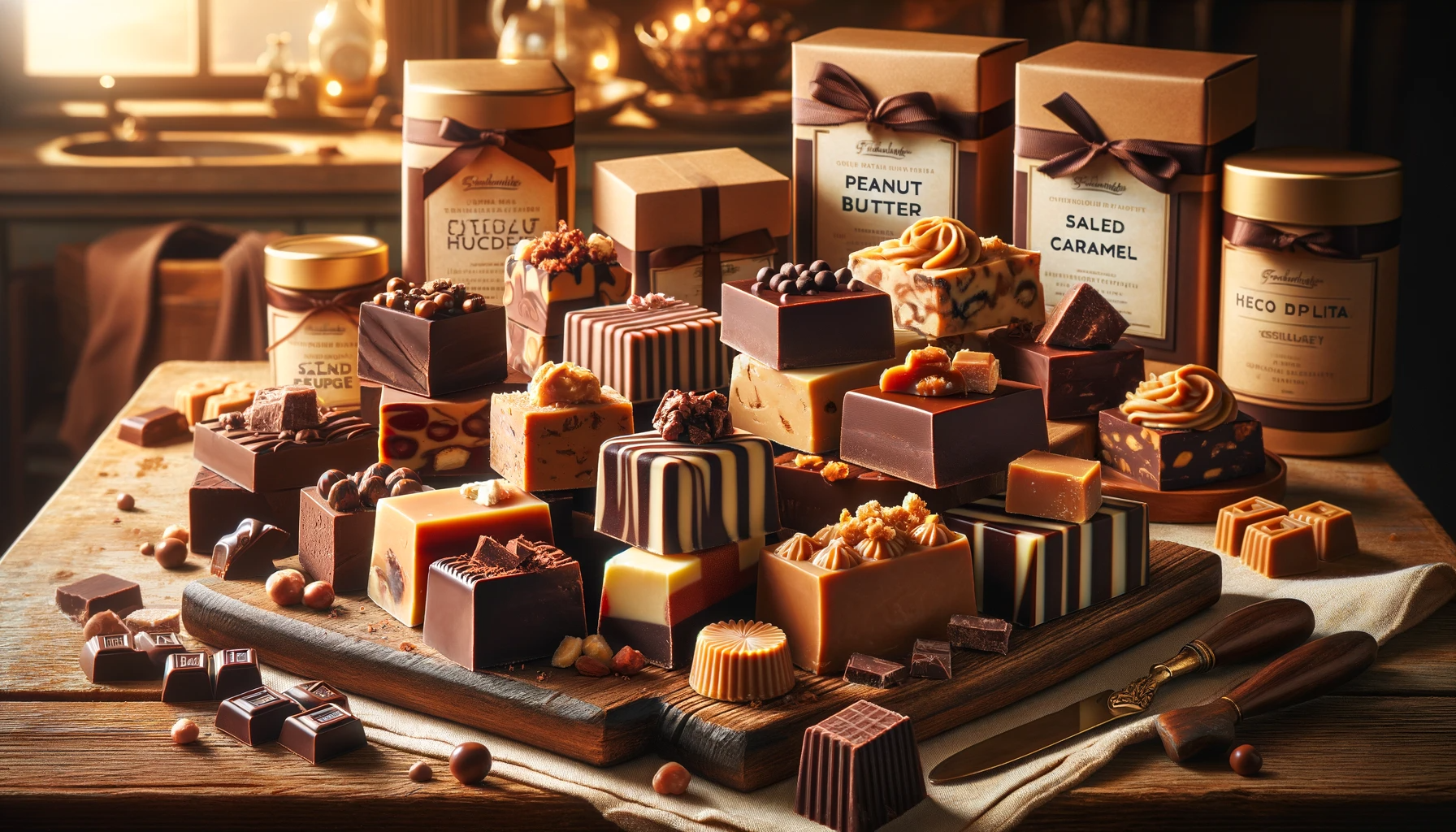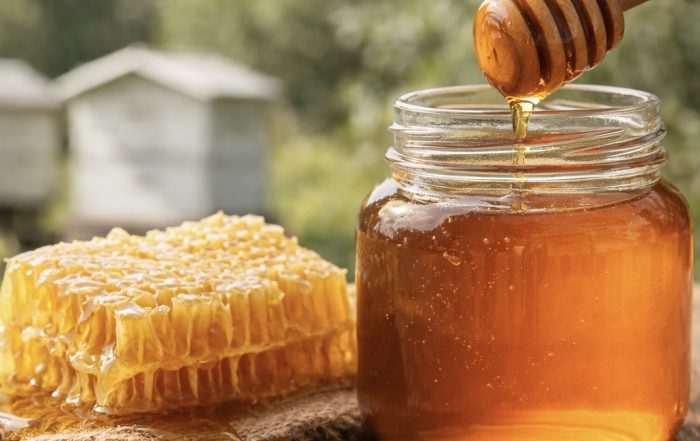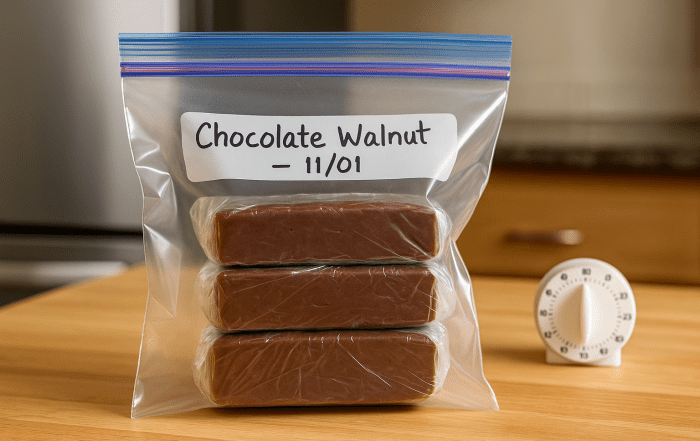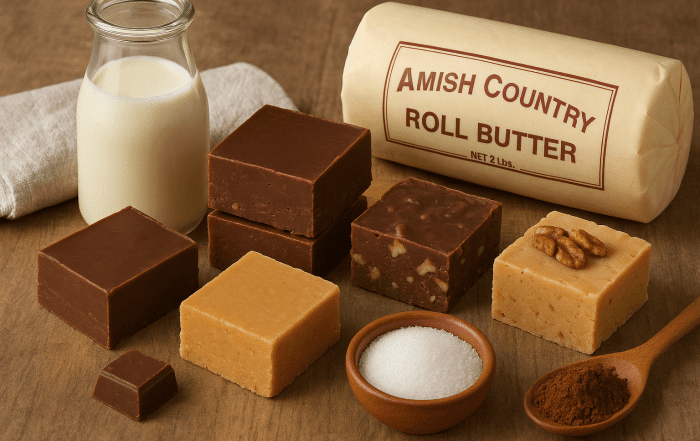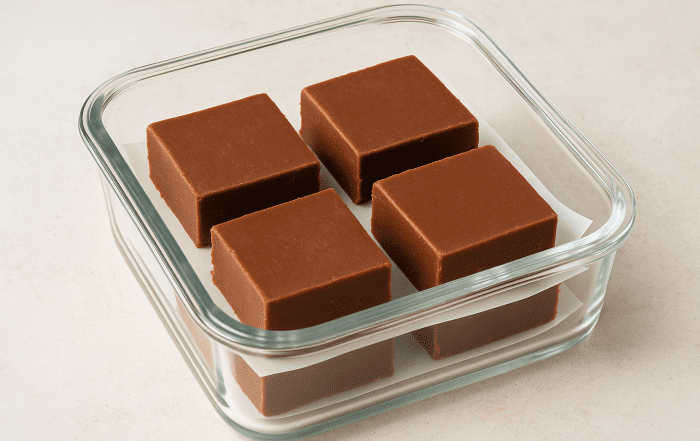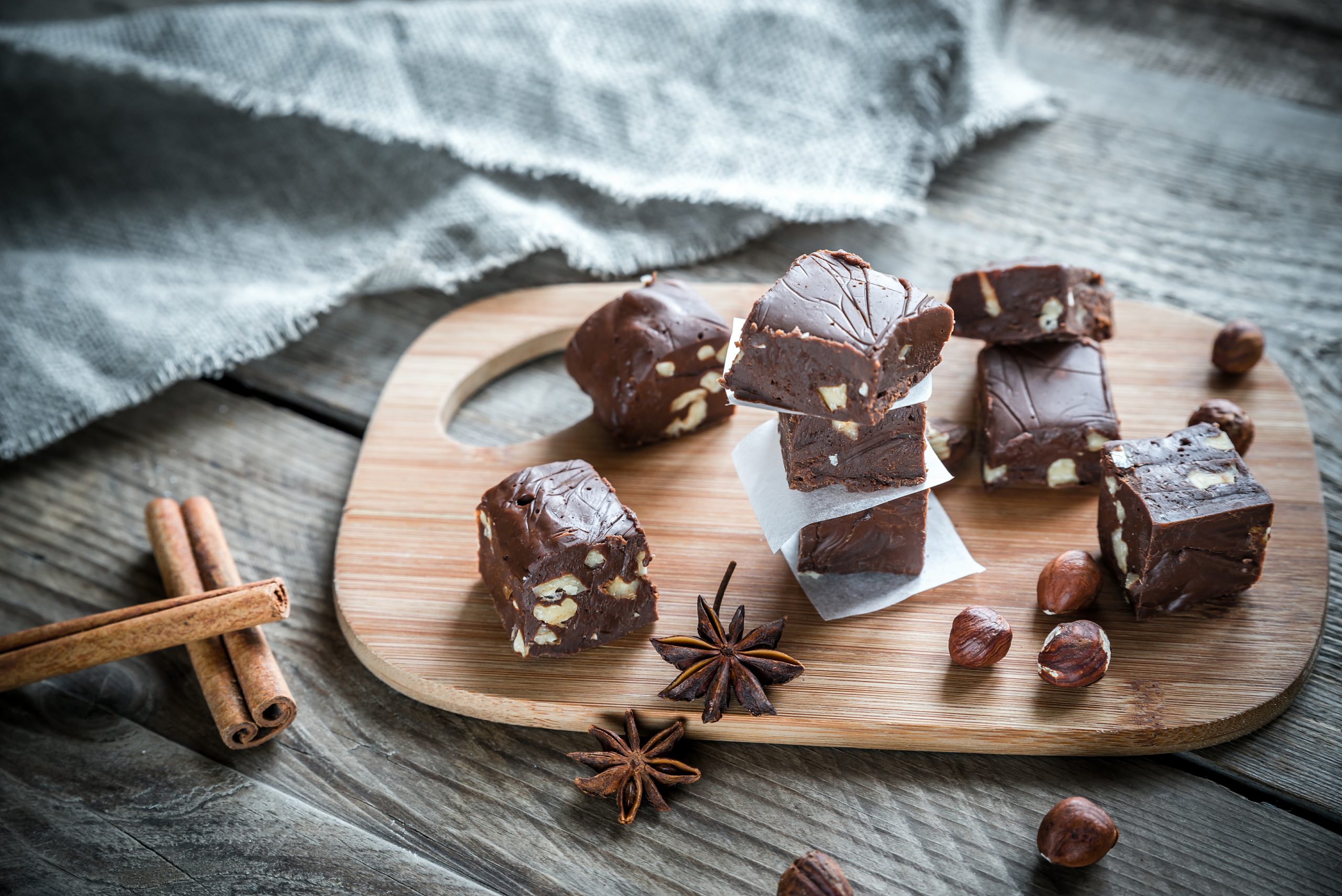
Latest Blogs
Why is fudge so hard to make
Making fudge can be a challenging endeavor, requiring precision and attention to detail to achieve the perfect texture and consistency. The process of making fudge involves a delicate balance of cooking, cooling, and beating, and the smallest mistake can result in fudge that is too soft or too hard. Here, we will explore the various factors that contribute to the difficulty of making fudge and provide tips for achieving success.
Fudge Basics
Fudge is a beloved sweet treat made from simple ingredients such as white sugar, brown sugar, and cream, with additional flavorings and mix-ins such as vanilla, nuts, and chocolate[1]. The desired texture of fudge is smooth, creamy, and melt-in-your-mouth, achieved through the careful control of sugar crystals and the evaporation of water during the cooking process.
Cooking and Evaporation
The cooking process is crucial in fudge making, as it serves to dissolve sugar crystals and evaporate water from the mixture. The length of the cooking time directly impacts the firmness of the fudge[1][3]. If the fudge is cooked for too long, excessive evaporation can result in a hard, dry texture, while insufficient cooking can lead to fudge that is too soft. Therefore, precise timing and attention to the recipe’s instructions are essential.
Beating and Cooling
After the fudge mixture is cooked, the beating and cooling stages are equally important. Beating the fudge until it thickens and loses its glossy appearance is critical for achieving the desired smooth texture. Improper beating can result in fudge that is too hard or grainy[5]. Additionally, the fudge must be allowed to cool fully before cutting, as improper cooling can lead to fudge that does not set or harden properly.
Sugar Crystals and Temperature
The size of the sugar crystals formed during the cooking and cooling stages of fudge-making is a significant factor in the texture of the fudge. Small sugar crystals yield a smooth, creamy texture, while large crystals result in grainy fudge. Monitoring the temperature of the fudge mixture with a candy thermometer is crucial for achieving the perfect texture.
Common Mistakes
Several common mistakes can occur when making fudge, such as improper cooking time, inadequate beating, and inaccurate temperature control[5]. These mistakes can result in fudge that is too soft, too hard, or grainy in texture. However, with practice and attention to detail, it is possible to overcome these challenges and achieve perfect fudge every time.
In conclusion, the difficulty of making fudge lies in the precise control of the cooking, cooling, and beating processes, as well as the management of sugar crystals and temperature. By following the recipe’s instructions accurately and paying close attention to the details, it is possible to overcome the challenges of fudge making and achieve delicious, creamy fudge with the perfect texture and consistency.

